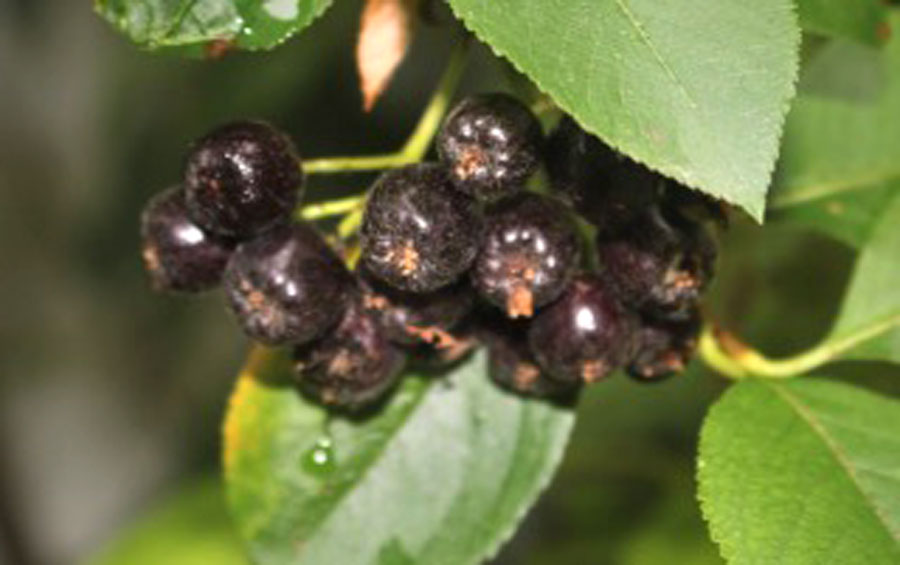WELLINGTON COUNTY – Food forests and native plant pollinator gardens are trending.
Why not combine these two garden themes into one with edible native trees and shrubs? The pollinators will feed on flowers and leaves and you will feed on the resulting fruit.
Serviceberry (Amelanchier) is a group of small trees and shrubs native to Ontario.
The early spring white flowers are followed by sweet, juicy berries in June.
Similar to blueberries, the berries are tasty out of hand, in baking or for jam.
They are low-maintenance plants for sun or part shade and dry to moist soil.
Allegheny serviceberry (Amelanchier laevis) a tree form serviceberry has, in my opinion, the best tasting fruit.
Canadian elderberry (Sambucus nigra subsp. canadensis) is a multi-stemmed shrub growing to 2m with large white flowers in June followed by numerous small edible berries in late summer.
The flowers can be used to flavour drinks or battered and fried while the berries make fine pies, jams and wine.
The berries are toxic when raw and must be cooked. Elderberry is an attractive ornamental shrub for full to part sun with average to moist soil.

Food for thought – The chokeberry are easy-to-grow trees that will provide fruit for your labours.
Chokeberry (Aronia melanocarpa) grows in full to part sun in all soils and will reach 2.5m high and 1m wide. It can sucker so is best planted as a hedge or in a group.
The large white spring flowers are followed by clusters of large black berries in mid summer.
The astringent berries are high in pectin and can be used on their own or combined with other fruits for juice, jelly or jam.
American plum (Prunus americana) and Canada plum (Prunus nigra) are similar small trees to 10m with white spring flowers and large, single stone fruit for eating raw, baking or in jam. American plum is dark red; Canada plum is yellow red to red and better suited to alkaline soils.
For shady locations, paw paw (Asimina triloba) is a small tree growing up to 10m high in sun to shade, moist to average soil. Large dark red flowers in spring produce banana like fruit up 5 to 10cm long.
The soft fruit can be used like bananas for baking or ice cream or eaten raw.
Some people suffer GI upset after eating the raw fruit.
Spice bush (Lindera benzoin) grows to 4m in sun to full shade with yellow flowers in early spring and small red fruits in late summer.
The berries and leaves are scented and can be used for tea.
Native trees are also a source for nuts. Shagbark hickory (Carya ovata) is a large, tap rooted tree growing to 25 to 30m high in sun to shade in all soil conditions. When mature, the sweet nuts can be roasted or used in baking.
American hazelnut (Corylus americana) is a medium-sized, thicket forming shrub to 4m in part to full shade and dry to moist soil. The nuts, enclosed in a papery husk, can be roasted or used in baking.
– Written by Judy Brisson Guelph Wellington Master Gardeners




